How the world's first female vichitra veena player found the instrument that spoke to her soul
Suryasarathi Bhattacharya
• April 10, 2018, 19:17:47 IST
Dr Radhika Veena Sadhika is one of the left few vichitra veena players in the world.
Advertisement
Find us on YouTube


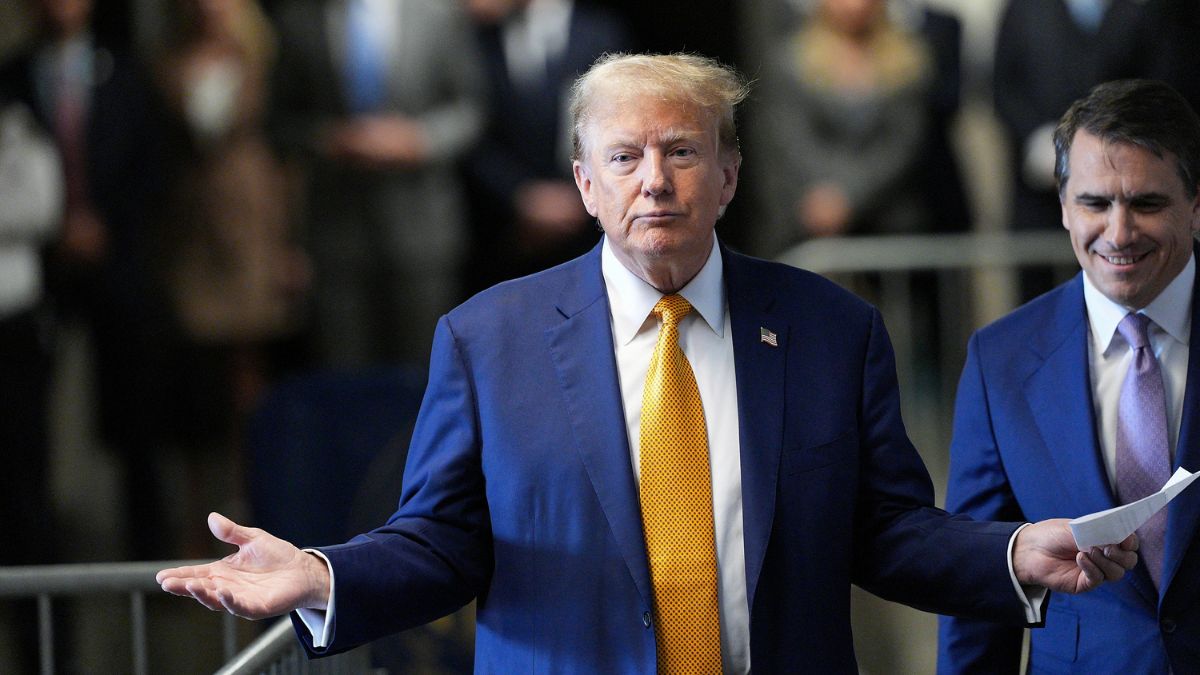)
)
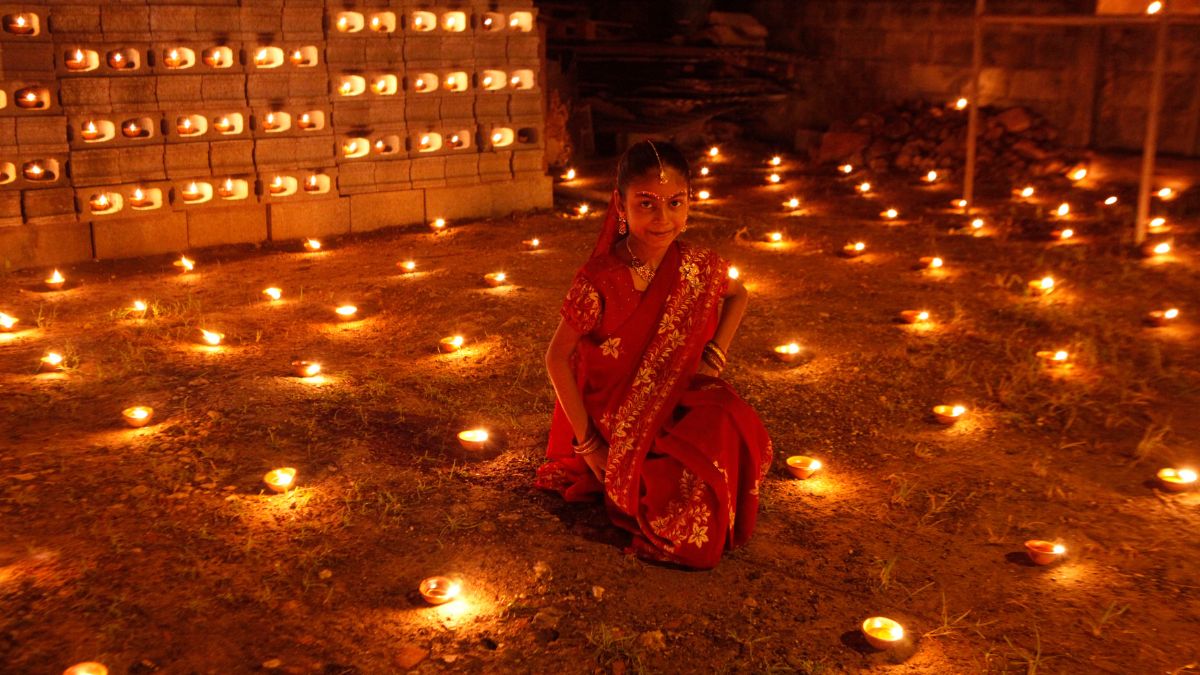)
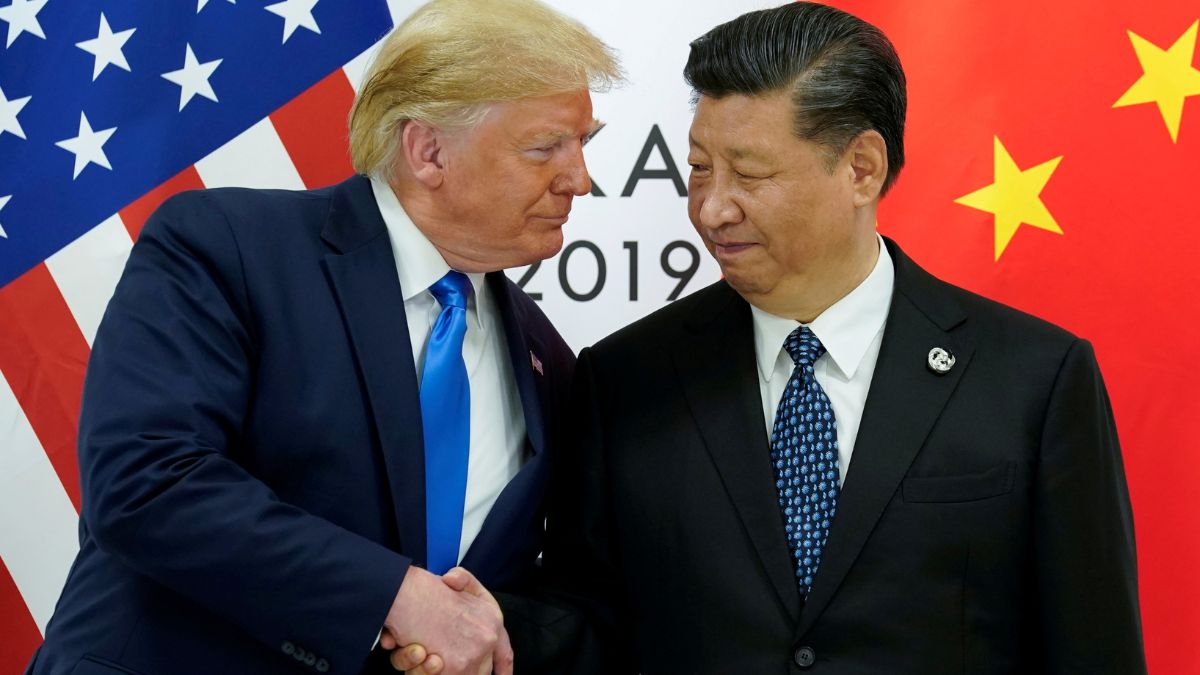)
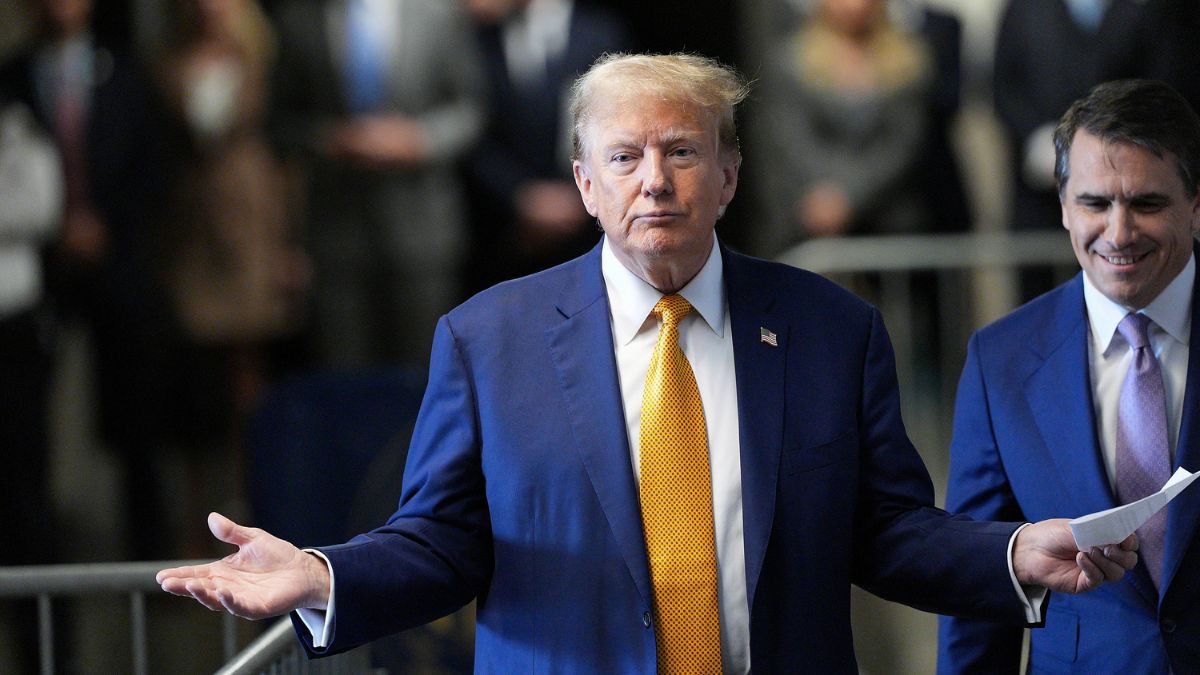)
)
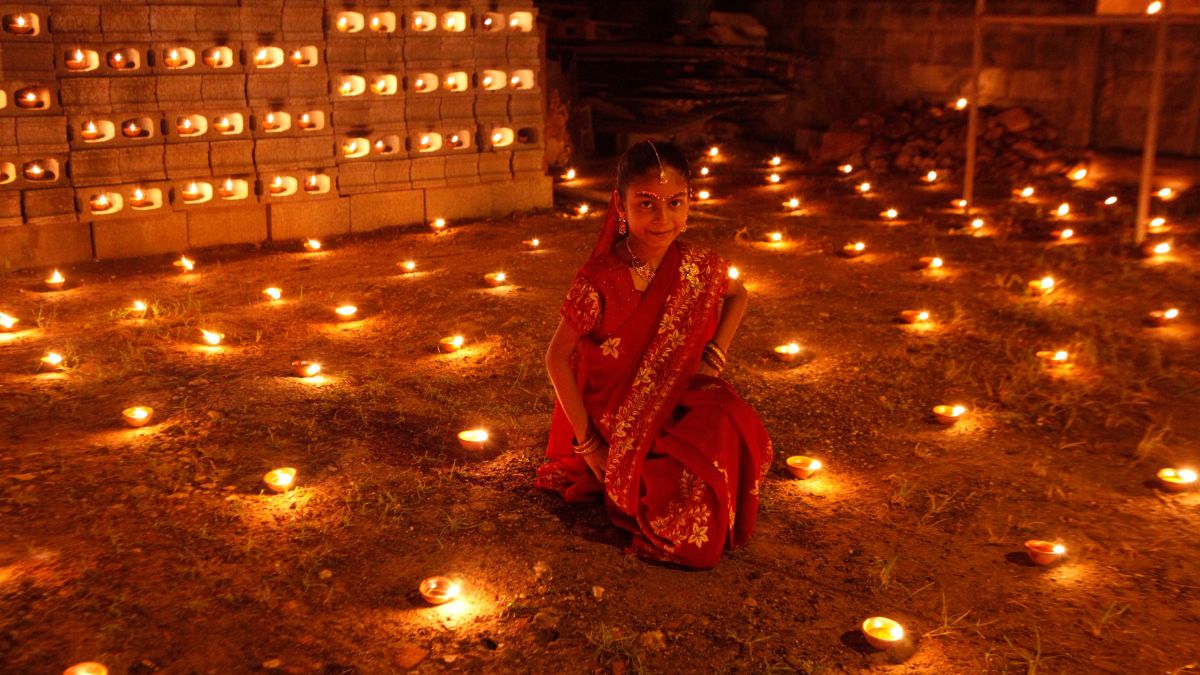)
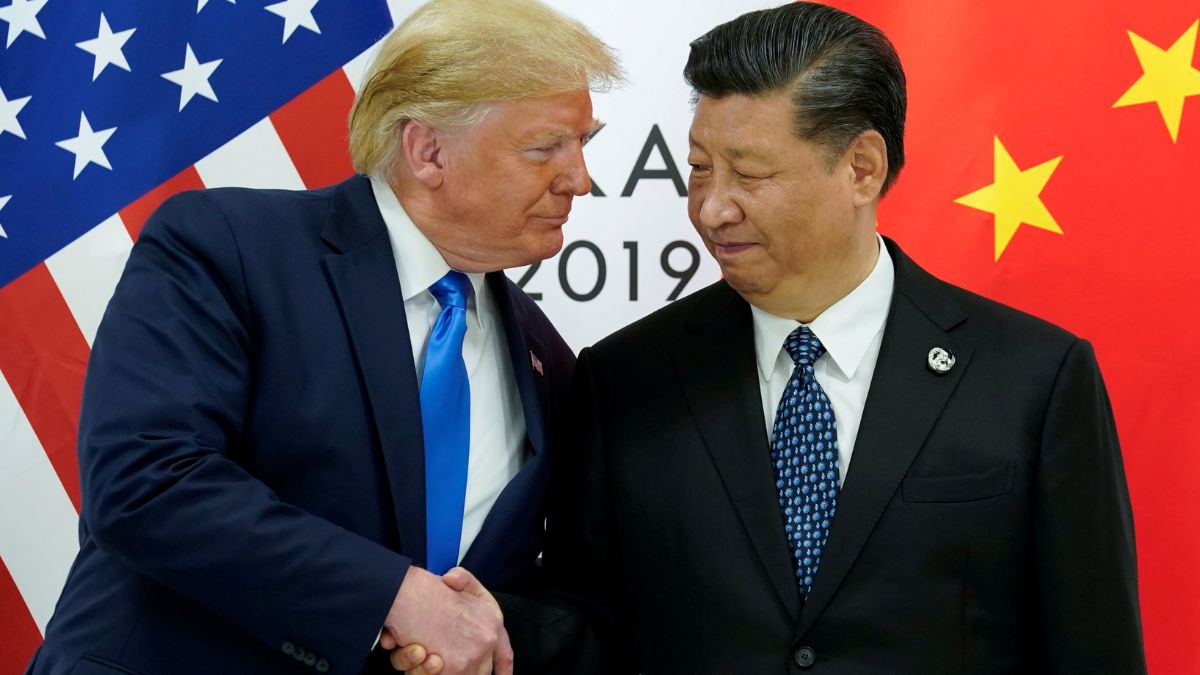)



